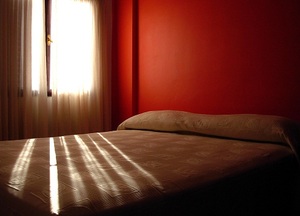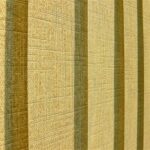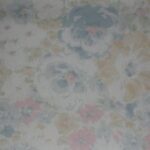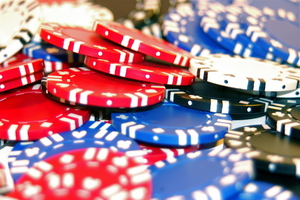No, there’s no law that says you have to have a headboard, but a bed – and the room – looks so much more complete when you have one. I’m not sure who’s setting the prices for new headboards but they’ve gotten outrageous, am I right? Something as simple as a piece of wallpaper can become a nice headboard so just go ahead and give up on the search for a factory-made headboard at a low cost. Make one yourself and it will cost little money yet it will be spectacular. Upholstery webbing gives you a new angle on creating a unique headboard, at a reasonable price, and you won’t have to slave away the entire weekend to get it made.
You don’t even have to be someone who works with wood and power tools to make a substantial headboard. With upholstery webbing and some pieces of wood you can build it with little effort and it will turn out perfectly. You can purchase the webbing online, at a large fabric store, or from a local upholsterer. It’s sold by the roll and, generally, comes in a brownish color. However, when ordering it online you can sometimes find it in other shades. Another option is to paint the webbing. And, instead of webbing you can also use veneer strips.
Purchase one-by-ones, or even batting strips, and use them as the perimeter for the headboard. For now, glue, staple, screw, or nail the pieces together, to form a rectangle the size you want for the headboard. Simply measure across the bed and add on a couple of inches; measure from the bottom of the mattress, up the wall, to decide on the height. If you purchase the wood from a large home improvement store they will cut it to the lengths you need, free of charge.
With the wooden perimeter together, and lying on the floor or another large surface, begin adding the upholstery webbing by stapling it onto the board. Start by stapling the first piece to the top board, on the back. Pull the webbing across the front, and down to the bottom – make it taut – and staple it to the backside of the bottom board. Attach the next webbing piece, right next to the first one, but leave a one-inch space between them (the space amount can vary, depending on the look you want to achieve). Continue to connect the vertical webbing, from one side of the board perimeter, to the other.
Start adding the horizontal webbing pieces, stapling them down one side, weaving them in and out of the vertical strips, and stapling the ends down. That’s it! The new headboard is ready to hang and you can do that with a screw or nail to each corner. You’ll love the new look and you’ll certainly appreciate the money you saved over purchasing a headboard.
Reference:
- Upholstery webbing: www.joann.com







